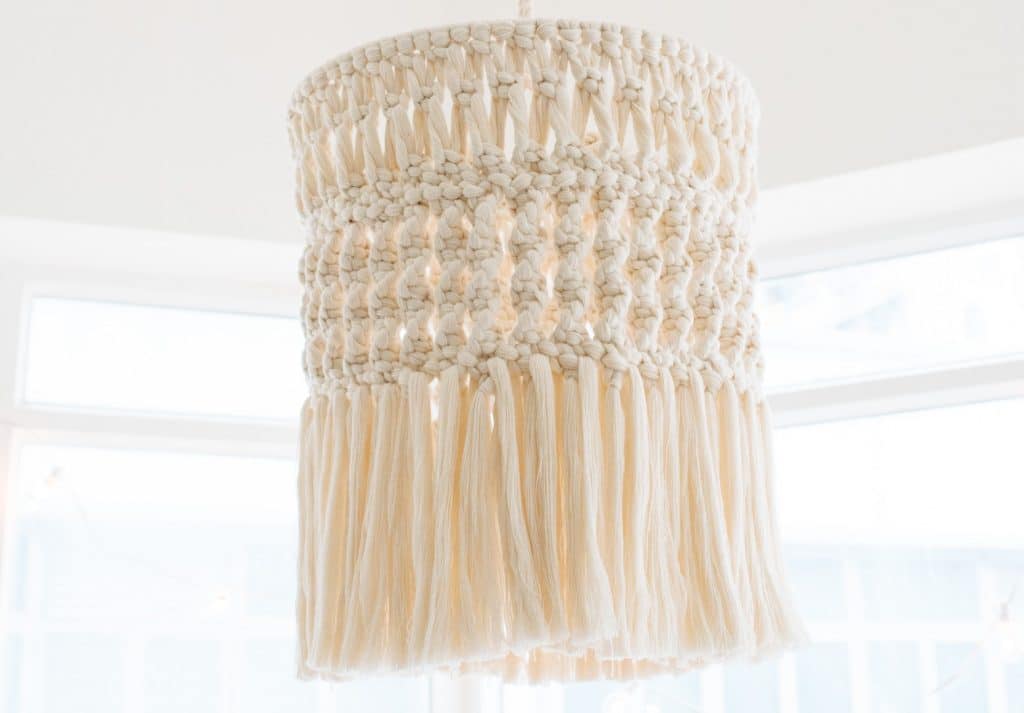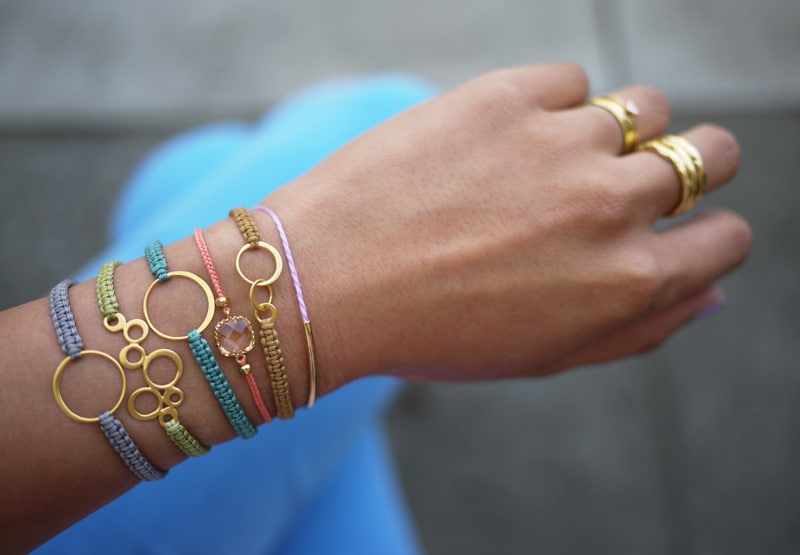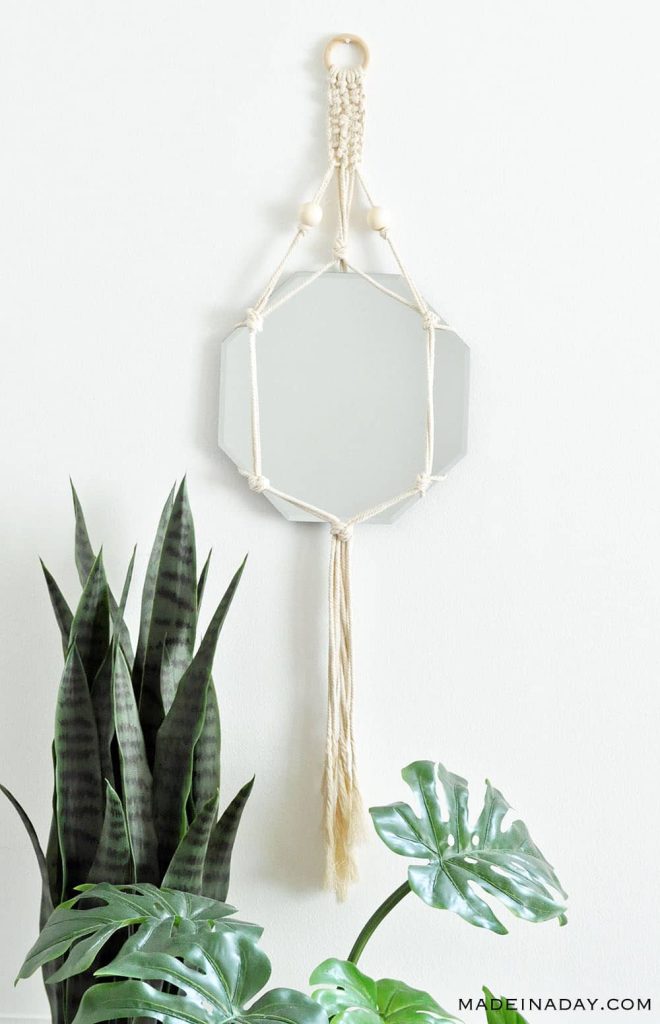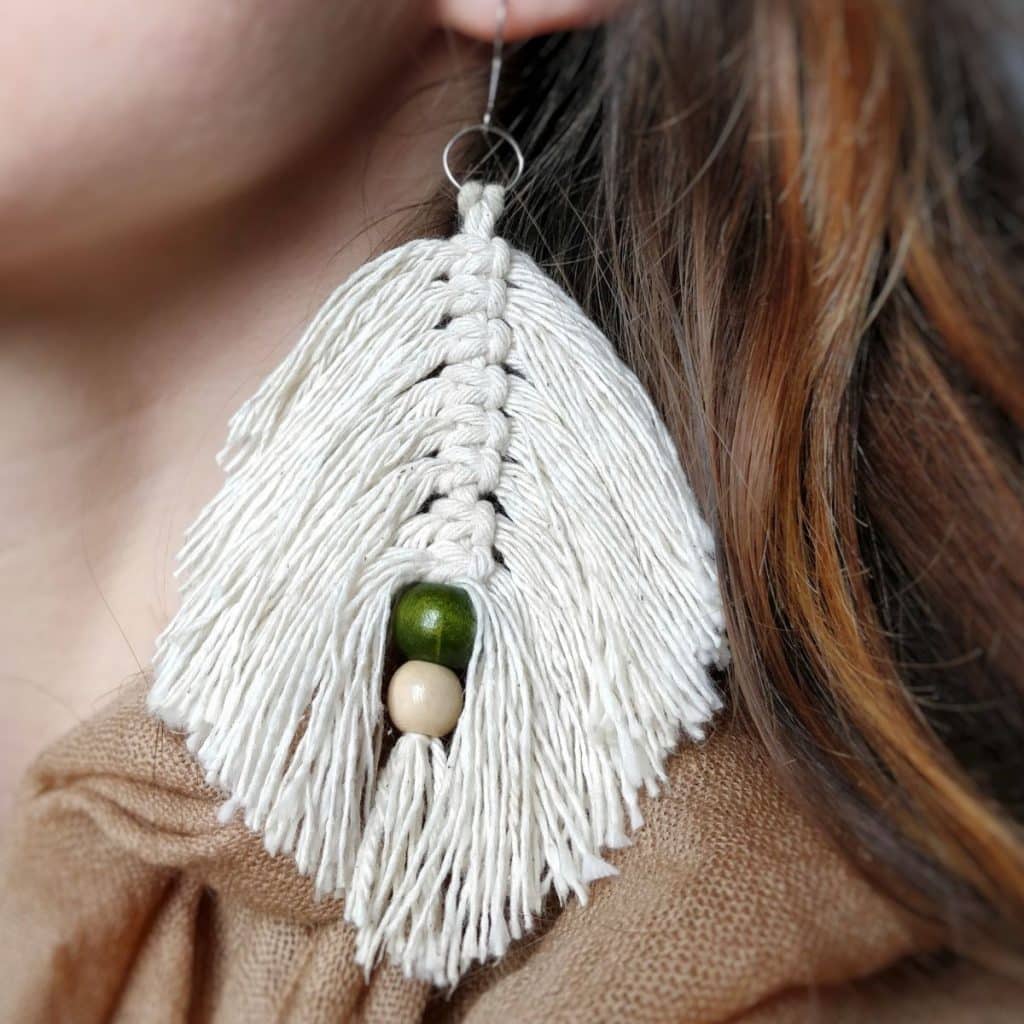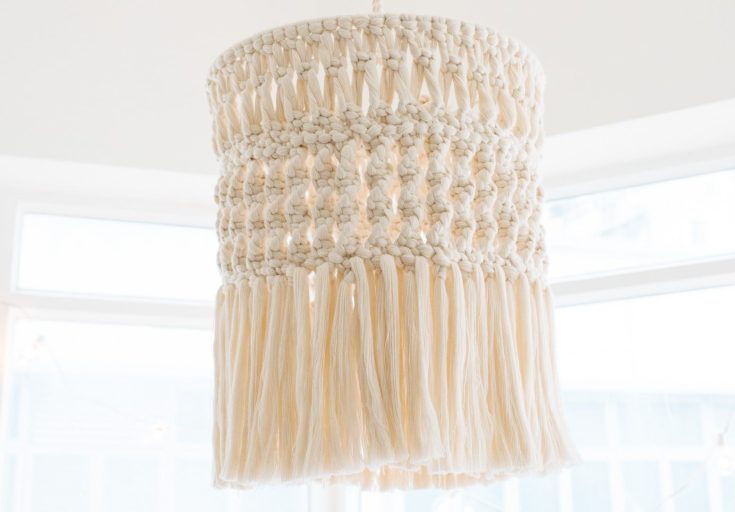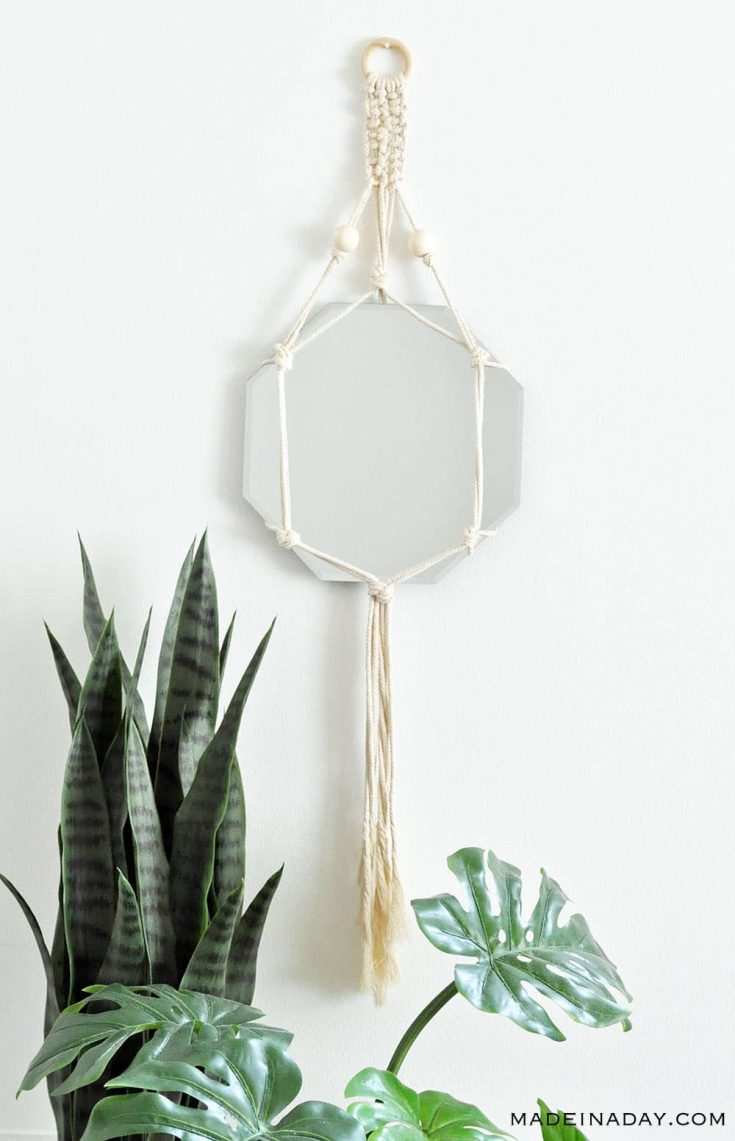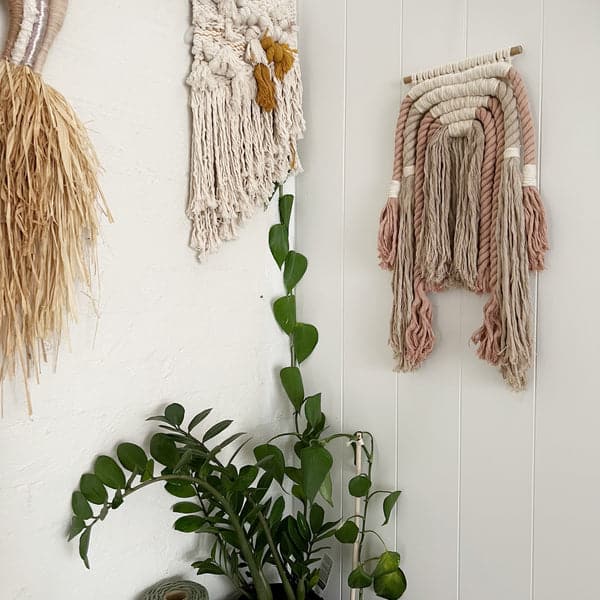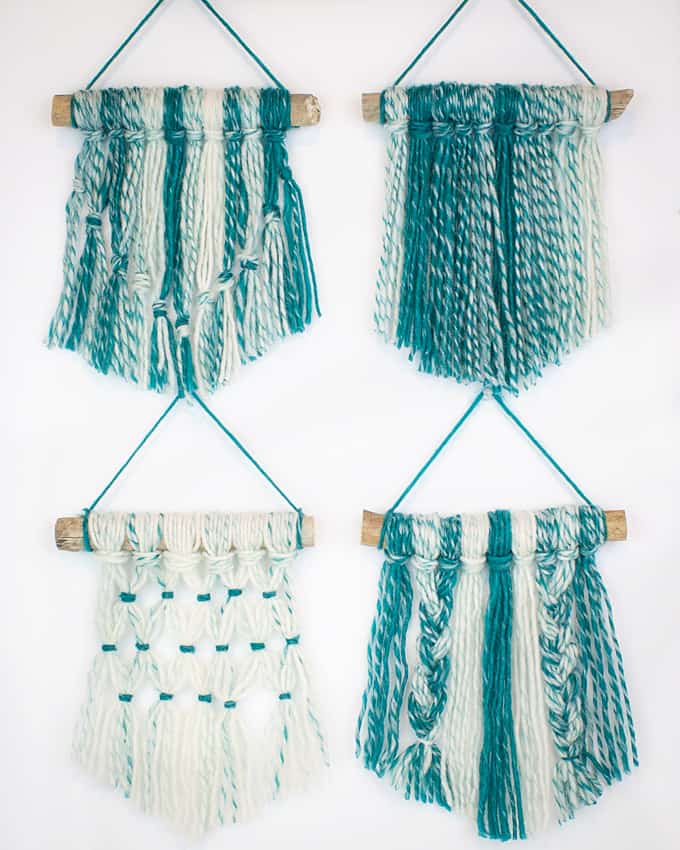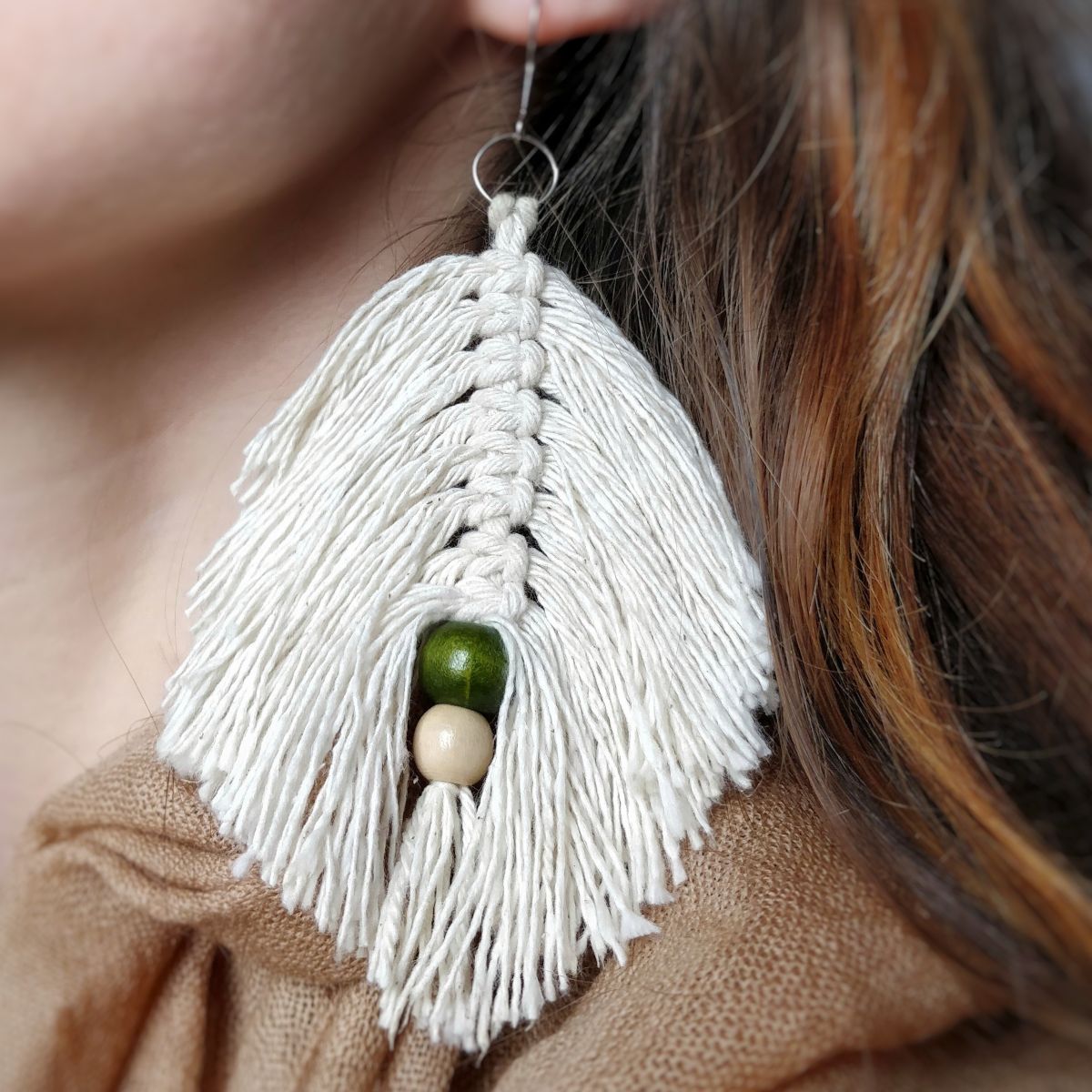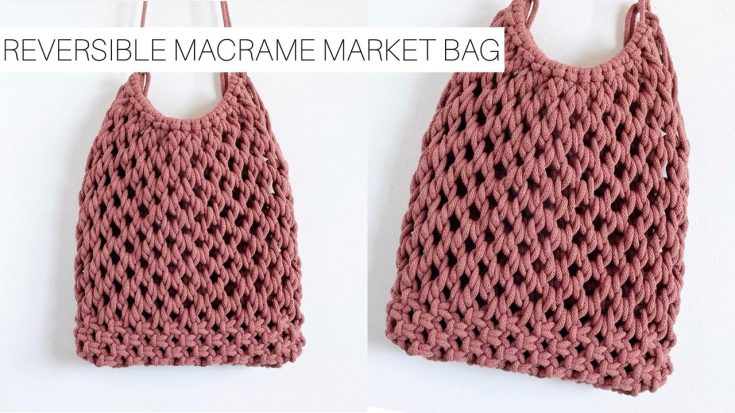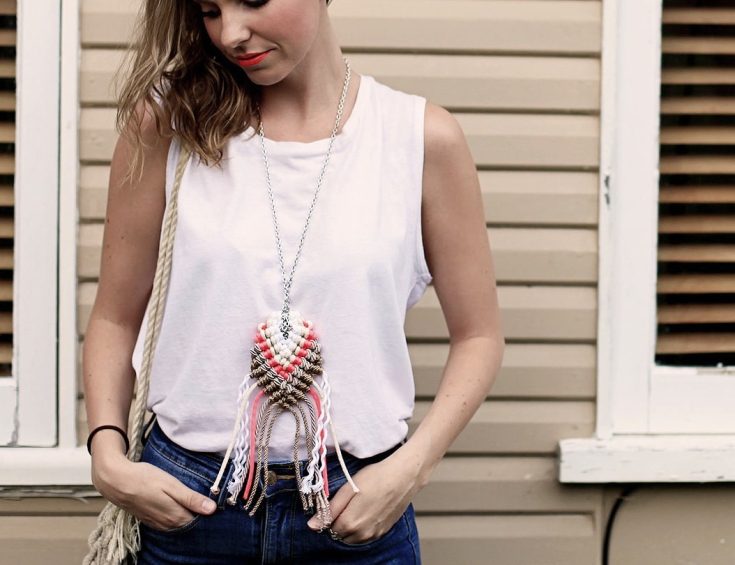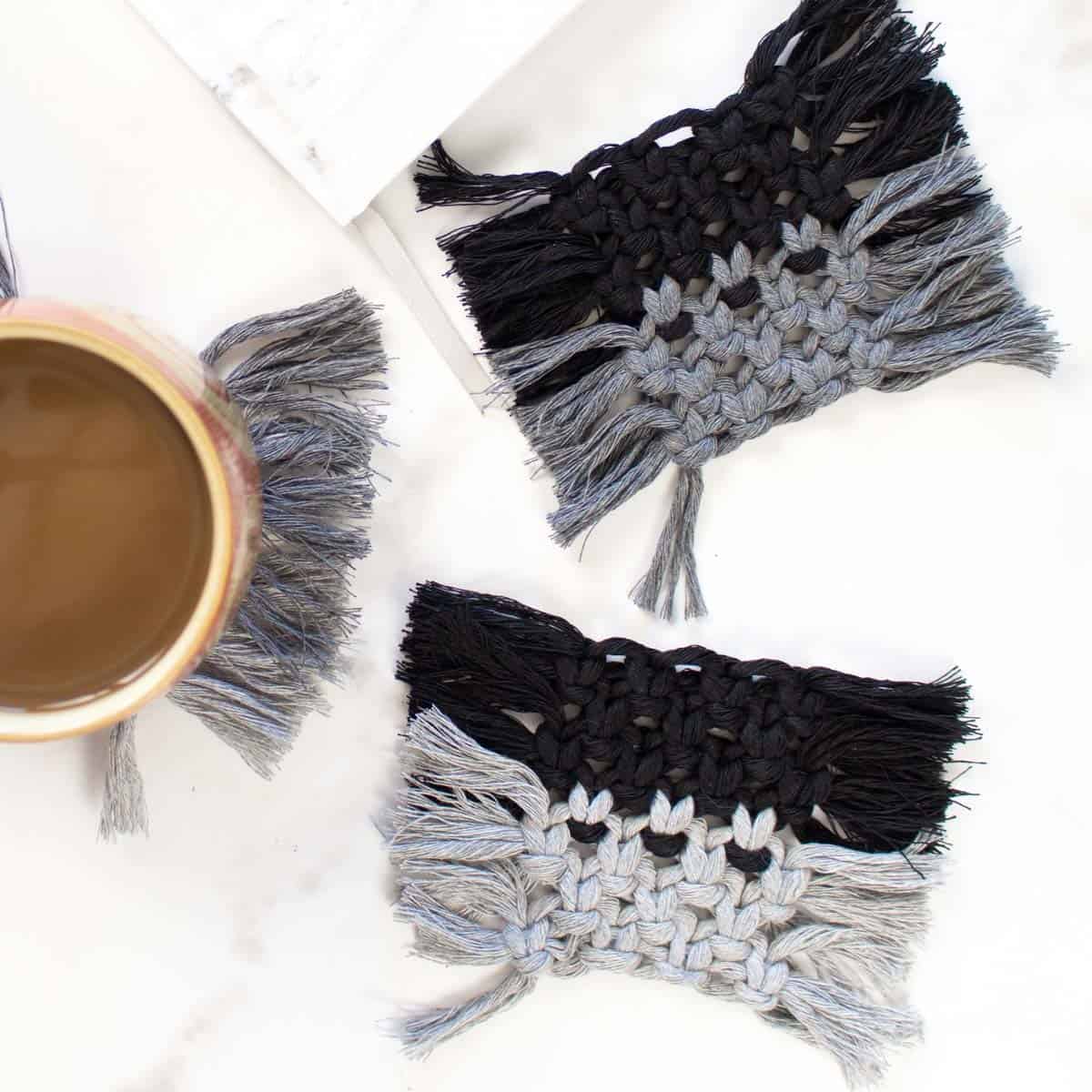Easy To Make Macramé Patterns
Macramé, like knitting and crochet, has become a popular craft to learn recently, and it’s easy to see why.
With just a few basic knots and some simple materials, you can create beautiful and intricate designs that add a Bohemian touch to any room. Whether you’re a beginner or an experienced crafter, there are endless macramé patterns to try.
In this blog post, we’ll explore some of the best macramé patterns for all skill levels, basic knots used in macramé, as well as tips for choosing the right materials to get started.

What is Macramé?
Macramé is a really cool crafting technique that involves knotting cords and yarns together to create beautiful designs. You might have seen it used in home decor, like those gorgeous wall hangings or plant hangers you see all over Instagram.
What’s great about macramé is that it’s not only fun to do, but it can also be really therapeutic. It’s a great way to relax and unwind while making something beautiful for your home or to give as a gift for birthdays, holidays and more.
Plus, once you get the hang of macramé, you can create all kinds of projects, from simple plant hangers to intricate wall art.
Materials for Macramé
When it comes to macramé, the materials you use can make a big difference in the finished product. Here are some things to keep in mind when choosing materials for your macramé projects:
Cords
The most important material for macramé is the cord. Many types of cords are available, including cotton, jute, hemp nylon, and more.
The thickness of the cord will also affect the look of the finished project. Thicker cords will create a chunkier, more textured look, while thinner cords will give a more delicate appearance.
Choose a cord that fits the look you’re going for, and make sure it’s strong enough to support the weight of your project.
Yarns
You can also use yarns in macramé, either on their own or in combination with cords. Yarns can add texture and color to your project, and can be used to create fun fringe or tassels. Pick a yarn that complements the color and texture of your cords.
Beads
If you want to add some extra detail to your macramé project, consider using beads. You can thread beads onto your cords or yarns before knotting, or you can add them afterward using a needle and thread. Choose beads that fit the style of your project, and make sure they’re large enough to fit over your cords.
Tools
You don’t need many tools to get started with macramé, but a few basics will make the process easier. A macramé board or clipboard can help hold your cords in place while you work, and a pair of scissors will be necessary for cutting your cords to the right length. You might also want to have a ruler or measuring tape handy to ensure accuracy in your project.
With these tips in mind, you’re ready to start exploring the world of macramé! Whether you’re making a simple plant hanger or a modern wall hanging, the right materials will help you create a finished project you can be proud of.
All About Cord Sizes
Picking the appropriate cord size is essential for a successful macramé project, as it directly impacts the size and texture of the knots. The size of the cord required depends on the type of project you are working on.
Generally, the smaller the cord, the smaller the knots will be, and vice versa. Therefore, it’s important to consider the desired look and feel of your project and select the cord size accordingly.
Cord Sizes for Different Projects
When it comes to macramé projects, the type of cord you pick can make all the difference.
Plant Holders & Wall Hangings: Larger home decor projects, such as wall hangings and plant holders, require a sturdy rope to support the weight of the item. In such cases, it’s best to opt for a cord that has a thicker diameter to ensure strength and durability.
Outdoor Macramé: f you’re planning to work on outdoor projects like hammocks or chairs, it’s crucial to choose a durable and weather-resistant cord that can withstand the elements. In such cases, a polypropylene rope is an excellent option, as it’s both sturdy and long-lasting.
Jewelry: On the other hand, for smaller projects like bracelets and necklaces, a soft and flexible cord with a diameter of less than 2 mm works best. It allows for more delicate knots and creates a delicate finish for jewelry.
So, by considering these factors and selecting the right cord size and type, you can create beautiful and sturdy macramé projects that will stand the test of time.
Basic Macramé Knots
Before we get to the best macramé patterns, let’s go over the basic macramé knots you’ll need to know. Don’t worry if you’re a total beginner – these knots are easy to learn, and you’ll be knotting like a pro in no time!
The Larks Head Knot
This knot is used as a way to attach your rope to a dowel rod, ring, or another rope.
The Square Knot
This is the most common knot in macramé, and it’s used in many patterns.
The Half Hitch
This knot is used to create diagonal lines in macramé patterns.
The Double Half Hitch
This knot is similar to the half hitch, but it creates a sturdier knot.
With these four basic knots, you’ll be able to tackle most macramé patterns out there. So grab some cords and let’s get started!
Modern Macramé Patterns
Now that you know the basic macramé knots and have your materials ready, let's dive into some of the best macramé patterns for all skill levels. From easy beginner projects to more complex designs, there's something for everyone to try.
So, grab your cords (and yarn) and let's get knotting!
Simple DIY Macramé Plant Hanger
Skill Level: Easy
This is a great project for beginners, and it's also practical - you can use it to hold your favorite houseplants!
Gorgeous Macramé Chandelier
Skill Level: Intermediate
To make this macramé light, you will need a lamp shade, knowledge of basic knots and a few tools like scissors. Follow along with the step-by-step photos to make this project in no time at all.
Trendy DIY Bohemian Macrame Mirror Wall Hanging
Skill Level: Easy
If you are a beginner macramé crafter, then this stylish DIY Bohemian macramé mirror wall hanging is a great place to start. There are only a couple of knots to learn for this great project.
Free DIY Layered Macrame Wallhanging Pattern
Follow along with this easy photo macramé tutorial to make a rainbow wall hanging.
DIY Macramé Bracelet
Skill Level: Easy
Learn how to make an easy bracelet with this free macramé jewelry tutorial using the simple square knot!
30 Minute DIY Yarn Wall Hangings
Skill Level: Easy
Make one or all four of these yarn wall hangings to decorate your home with. All of them as fairly easy and can be made with cord or yarn!
Giant Macramé Rope Lights
Skill Level: Easy
Make this giant rope macramé light to add a little Bohemian flair to your home. This easy macramé pattern includes photo tutorials for each step, so making this light is a breeze!
DIY Macrame Leaf Earrings
Skill Level: Intermediate
Learn how to knot this macramé earrings with this easy macramé tutorial. Follow along with each step to make yourself a pair of earrings that are stunning!
Reversible Macramé Market Tote Bag
Skill Level: Intermediate
If you're feeling ambitious, try making a macramé tote bag. You'll need a lot of cord for this project, but the result is a stylish and functional accessory.
DIY Roped Macrame Necklace
Skill Level: Intermediate
Follow along with this macramé tutorial to learn how to knot this gorgeous macramé necklace.
DIY Macrame Coasters with Fringe
Skill Level: Easy
Learn how to make these simple macramé coasters, which make great gifts and are perfect to use around your house as well.
